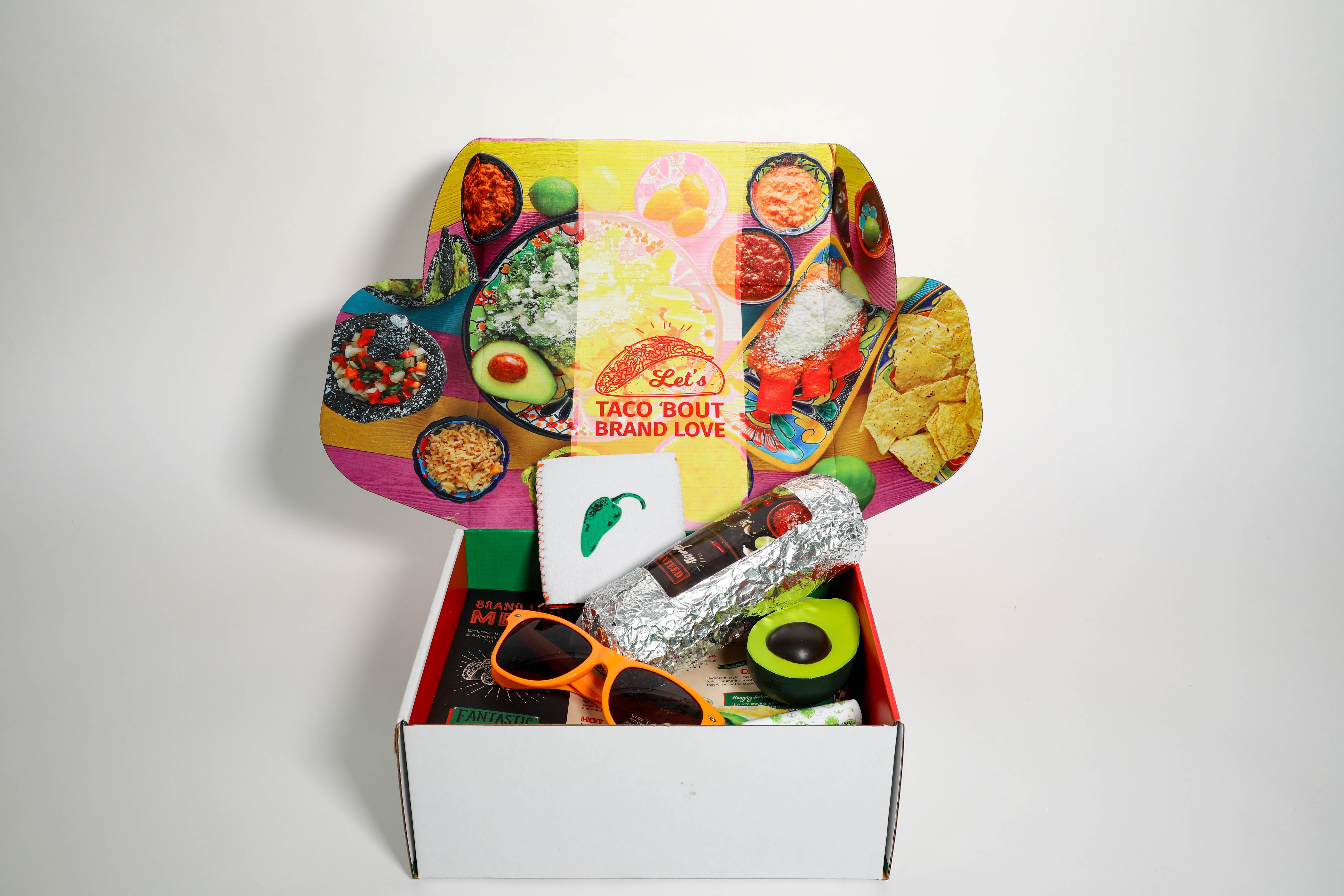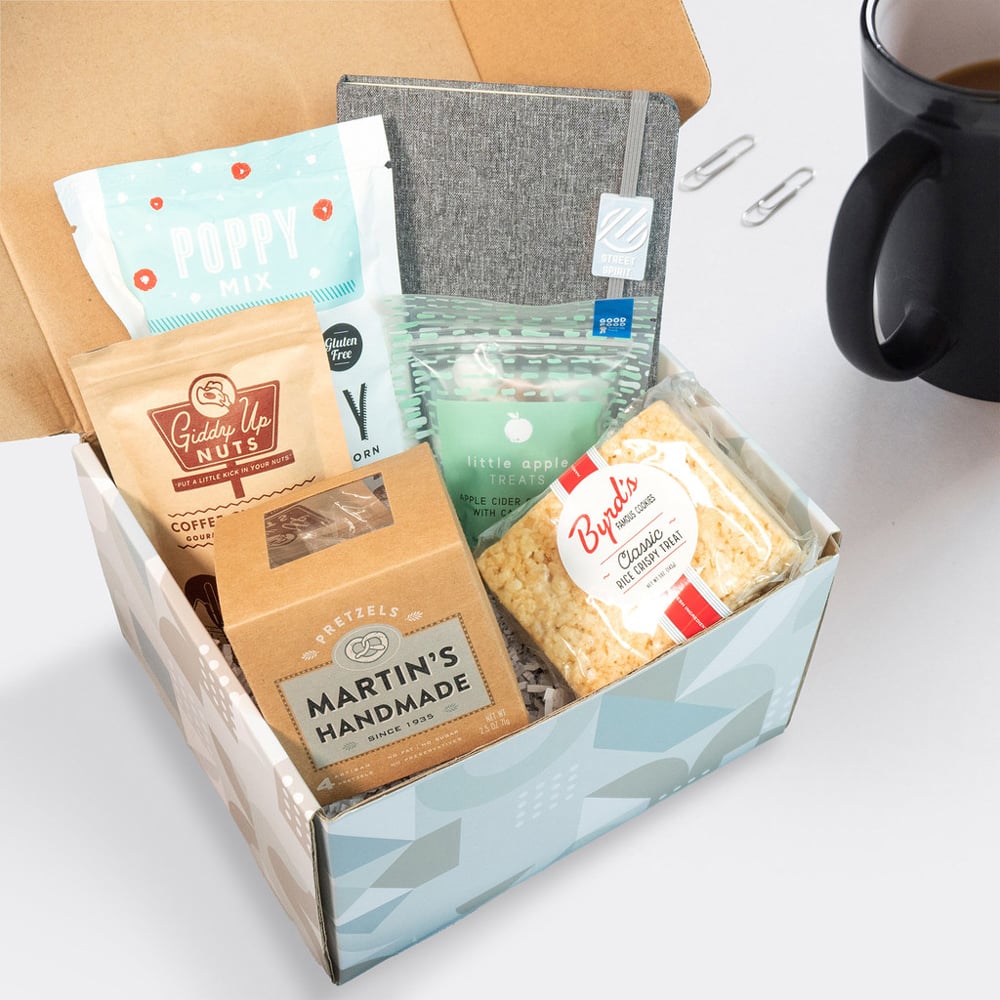FAQs: Your Burning Questions About Direct Mail Campaigns
When people talk about direct mail campaigns, they’re often uttered in the same breath as rotary phones and dial-up internet. People think direct mail has gone the way of the dinosaur, but that’s far from reality. If recent years of economic change have taught us anything, it’s that direct mail has a lot of staying power, especially when you combine it with promotional products.
We love digital marketing campaigns—and they work great with promo!—but direct mail has a place in your marketing arsenal, too. With direct mail, you can connect with your audience independent of time or geography. Physical marketing is the best way to touch hearts, especially in the age of digital apathy.
But we know that direct mail isn’t as common as it used to be. As direct mail promo experts, we’re here to answer all your burning questions about direct mail. Check out this guide to see how valuable direct mail can be for your business, plus tips on how to boost direct mail ROI.

Q: Why should I use direct mail?
Direct mail is a tangible, personalized way to reach your target audience. In an age where brands market almost exclusively online, more businesses are returning to direct mail because shoppers can tune out digital messaging.
In fact, 42.2% of people read or scan their mail. Plus, direct mail requires 21% less cognitive effort than email, so people are more likely to absorb your message. Your audience enjoys opening mail (especially if it contains gifts) because it creates a value-laden, wow-worthy experience they’ll remember.
Plus, direct mail recipients spend 28% more of their dollars than consumers who don’t receive direct mail, so direct mail campaigns have a tangible effect on your bottom line.
Q: What types of promotional products are best suited for direct mail?
Your product choices will depend on your business goals and target audience, but as a general rule, you want to select products that:
- Easily fit in a box
- Are lightweight
- Serve a purpose
Although careful packaging can prevent “oops” moments, avoiding fragile items or glass materials is good. For example, opt for metal water bottles instead of glass ones.
Your promo products should be head-turning enough that your recipients can’t believe their luck. So not only do your products have to make it through the mail safely, but they also need to be interesting so that your audience will remember them.
Try products like:
- Playing cards
- Air fresheners
- Flashlights
- Pool floaties
- Bluetooth speakers
- Phone chargers
- Tasty snacks
- T-shirts
- Power banks
Can’t decide on just one product? No problem! Put together a brand box.
Your brand box is a curated collection of products that work together to create an authentic experience for your recipients. Choose themes like School’s Out, Summer Fun, or Winter Wonderland to create a cohesive experience your recipients will remember for years.
Q: Are there extra costs associated with sending promotional products via direct mail?
Every direct mail campaign is different, but you’ll likely need to pay for:
- Packaging
- Paper
- Postage
- Promotional products
- Design services
- Printing
- Mailing list rental (if you don’t have a list of recipients)
Work with a Brand Consultant who can expertly manage your budget. When you have a number in mind from the start, it’s much easier to scale your direct mail campaign to fit with the resources you have.

Q: How can I track the success of a direct mail campaign with promotional products?
Though direct mail campaigns happen offline, that doesn’t mean they’re untrackable. You just have to get a little creative. You can track direct mail campaigns by:
- Creating personalized URLs: Generate a unique landing page for this campaign, and don’t share it anywhere else. Check your website analytics once the campaign goes out to track visits to this unique landing page.
- Adding QR codes: Your audience probably has a smartphone, so why ask them to type in a URL? Include a QR code on your direct mail campaign that quickly ferries them to your landing page. This encourages action and makes it a cinch to track direct mail campaign results.
- Sharing unique coupon codes: This option is better for brick-and-mortar stores or eCommerce shops. Give your recipients a unique coupon code that only applies to this campaign. Your point of sale system analytics will tell you how many purchases people made as a result of the campaign, which is a solid way to calculate return on investment.
- Call tracking: If your call-to-action asks people to give you a call, you can also track direct mail campaigns by phone number. Generate a number just for this campaign and track how many calls that number receives. Since people can only find the number through your direct mail campaign, it’s a great way to know whether your campaign works.
- Social media campaigns: Find out your audience’s top social media destinations and create a campaign that drives them to post on that platform. Savvy marketing teams can develop a hashtag or handle to tag for the direct mail campaign. Then, encourage your audience to film unboxings or post their answers to a question posed in the materials. You can track responses and “hits” to the unique handle or hashtag.
Q: I’ve heard about direct mail kitting, how does that work?
Kitting works when you group several items together as a single unit. Third-party logistics companies (3PL) specialize in assembling kits for you, which can save a lot of time for big, complex campaigns.
Here’s how kitting works:
- Item selection: You select the items you want to include in a kit. For a direct mail campaign, this could include a letter, a promotional brochure, and a promotional product. Kits differ from a brand box if you want to offer specific items that your company creates instead of products with a logo on it.
- Packaging design: Decide how you want to ship the kit, whether with a padded envelope or box. From there, work with a graphic designer to include branding elements that create a great experience. The goal is to protect the contents of your box while making a strong visual impression.
- Assembly: Work with your Brand Consultant to find automated kitting, or you can choose to assemble kits by hand. Automated kitting includes quality control to ensure all items are correct and included in each kit.
- Fulfillment and shipping: After assembly, you or your 3PL stores the kits until shipping. From there, you can ship the kits either to one location (like for a trade show or event) or to individual recipients.
Q: When is the best time to place a direct mail order?
Ideally, it’s best to place a direct mail order at least three months before your target mailing date.
The more time you have, though, the better. When you give yourself more time, you can order promo product samples, build your mailing list, and design packaging. With enough time, you can even send a few test mailers to make sure everything comes through correctly.

Rediscovering Direct Mail in a Digital World
Direct mail is making a comeback. Whether you want to do an employee retention campaign, send gifts to your most loyal customers, or reach out to new customers, direct mail supports your promotional efforts.
Direct mail also involves a lot of coordination, so when you need extra support, Boundless is here to help. Through our years of expertise, we have supported top brands in both promo products and direct mail campaigns. See how Boundless puts your brand into the hands of more people through direct mail and promo.





Comments (0)